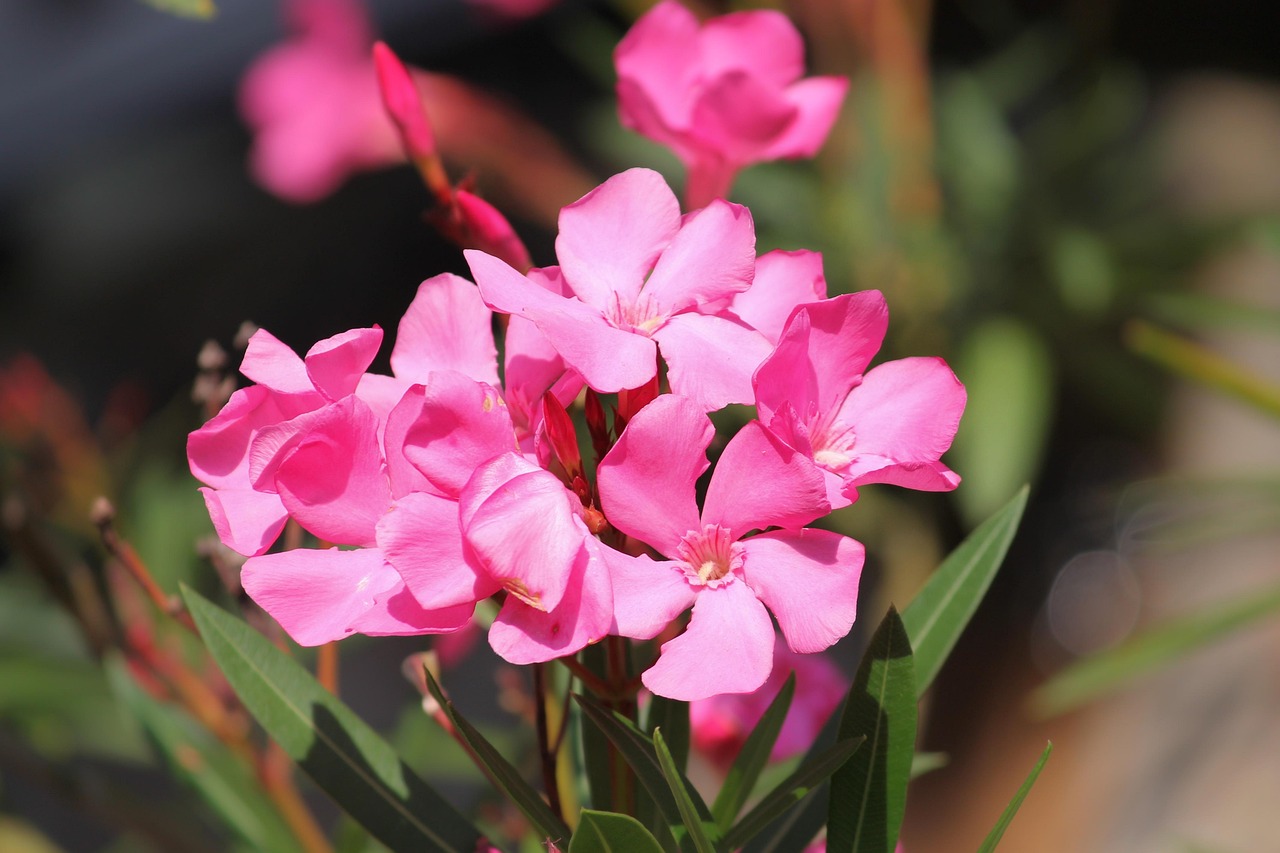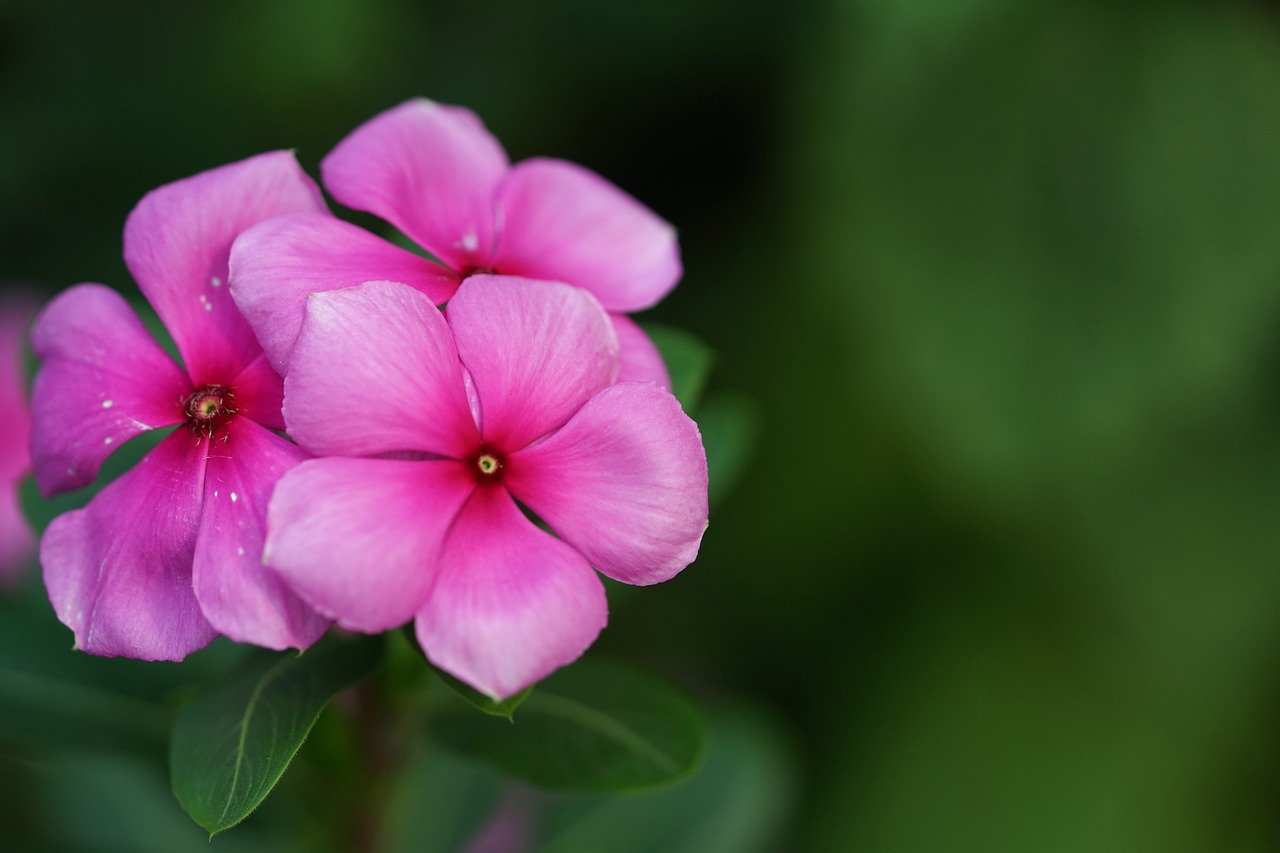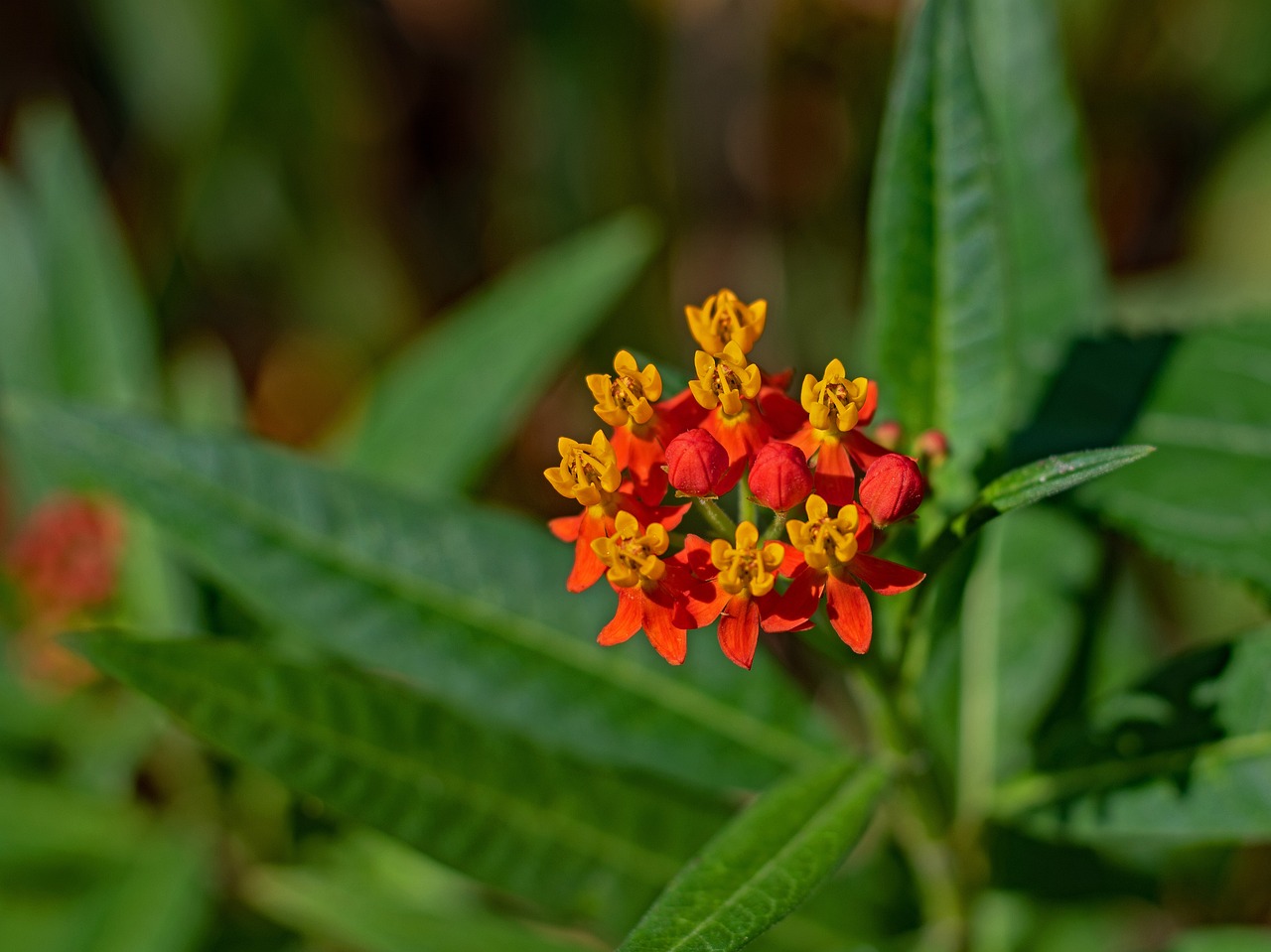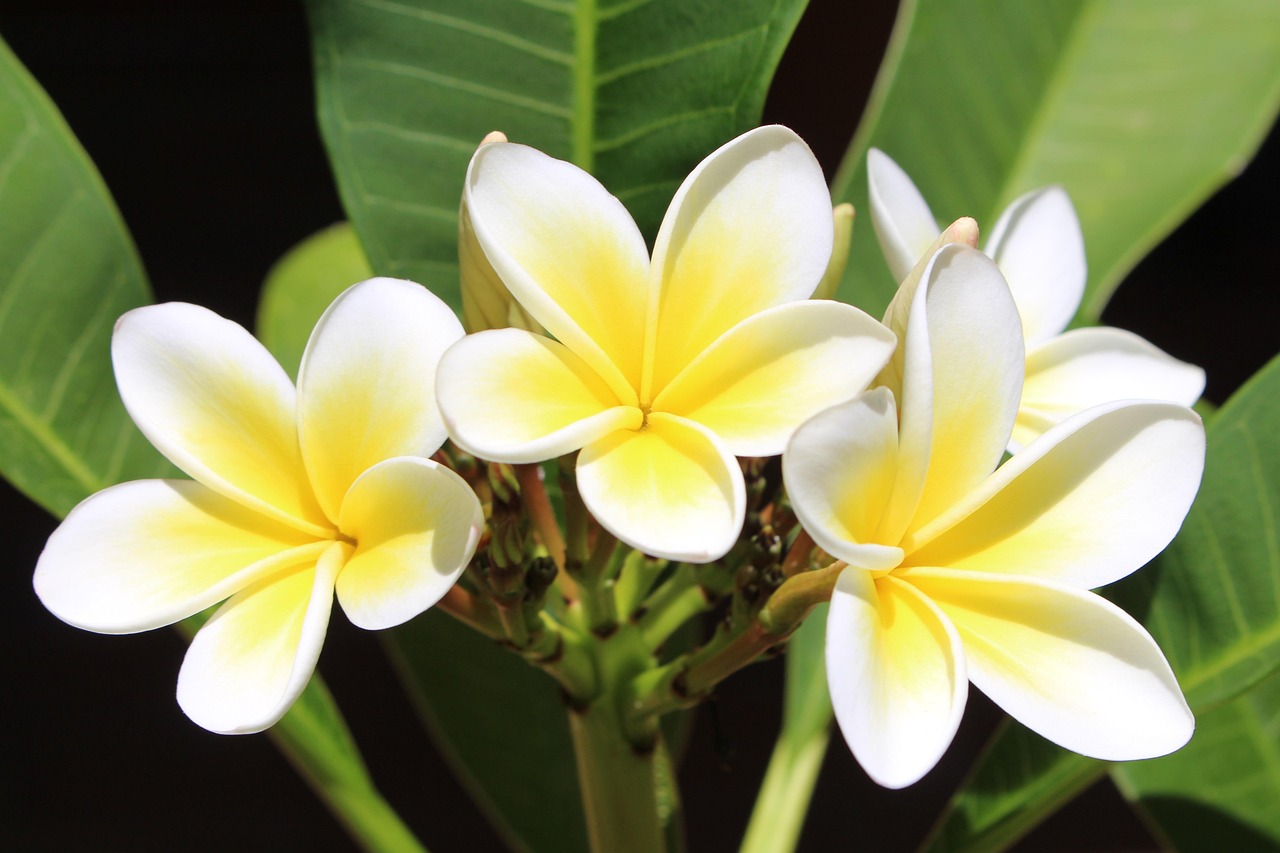Hoya | A Star-Shaped Vine Cherished in Victorian Greenhouses
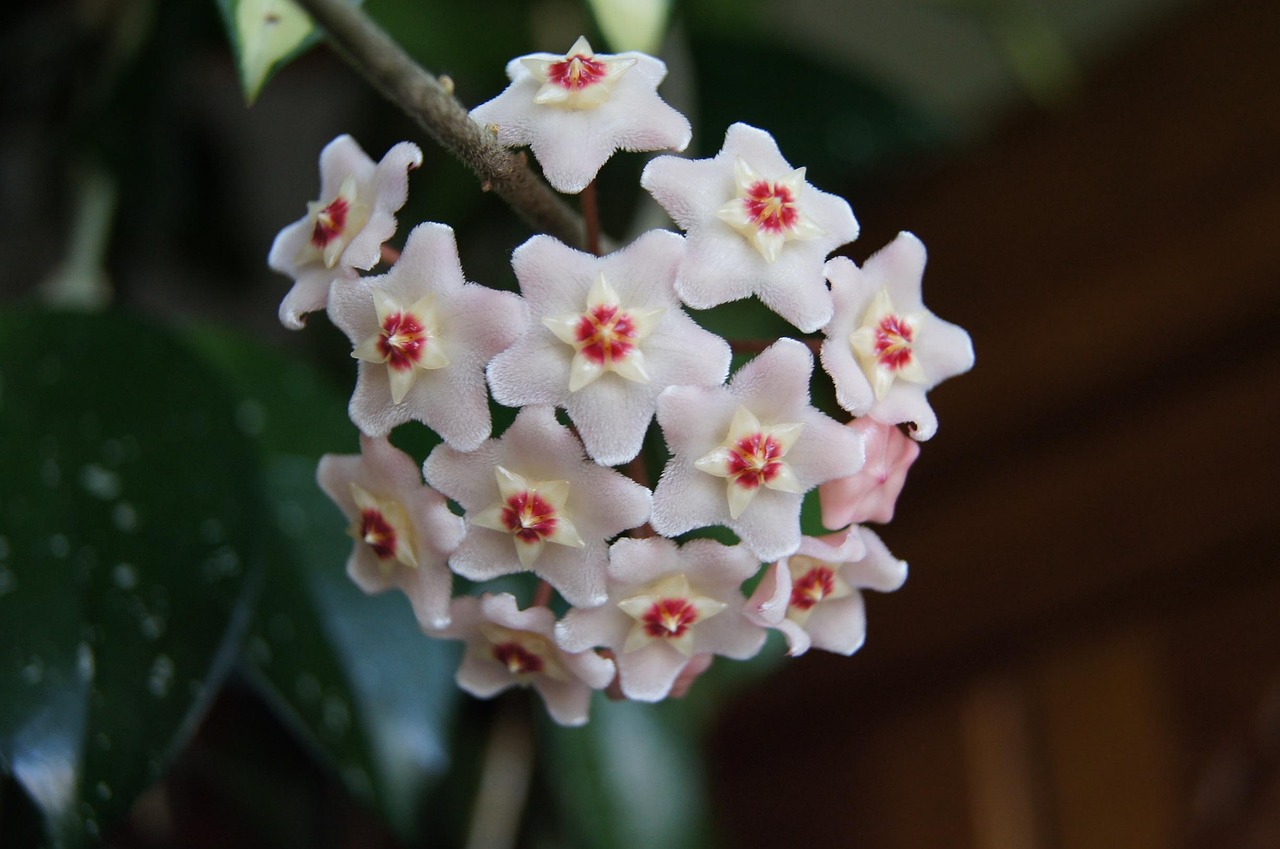
Hoya is a climbing plant characterized by its thick leaves and small, star-shaped flowers. Its glossy foliage and uniquely shaped blossoms enhance its ornamental value, making it a popular choice as an indoor decorative plant.
In this article, I will introduce the basic information about Hoya, its cultural and historical background, and practical tips for cultivation.
Basic Information
- Scientific name: Hoya spp.
- Family: Apocynaceae
- Origin: Southeast Asia, Australia, Pacific Islands
- Appearance: A climbing plant with thick, glossy leaves. The small star-shaped flowers often bloom in clusters, and some species emit a pleasant fragrance.
- Blooming season: Mainly from spring to summer, though in favorable conditions it may bloom throughout the year.
Cultural Significance Around the World
Hoya is widely distributed across Southeast Asia and Australia and is cultivated in many homes and gardens as an ornamental plant.
In Southeast Asia, the sweet fragrance of its flowers is believed to bring happiness, and it is often planted near entrances and gardens.
In the Philippines and Indonesia, the graceful growth of its vines symbolizes “harmony and prosperity,” making it a plant cherished for good fortune.
In Europe, from the 18th century onwards, Hoya became highly popular as a greenhouse plant, particularly in England and France. Fragrant varieties were displayed indoors to enjoy their sweet aroma.
Today, with the rising demand for indoor greenery, Hoya has become a favorite houseplant worldwide, often enjoyed in hanging baskets and decorative arrangements.
Historical Anecdotes
The genus name Hoya was given by the English botanist Robert Brown in the 18th century, in honor of the English gardener Thomas Hoy.
By the 19th century, with the flourishing of greenhouse horticulture in Europe, Hoya was cultivated in the gardens of English and French aristocrats.
In England, during the Victorian era, it was admired as an “exotic tropical plant” and became a sought-after collectible among the nobility.
In Australia, native species of Hoya were studied by local plant enthusiasts, and new varieties were discovered in the early 20th century.
Even today, in Australia and Southeast Asia, breeders continue to develop new cultivars, producing flowers in diverse colors and shapes.
Gardening Advice
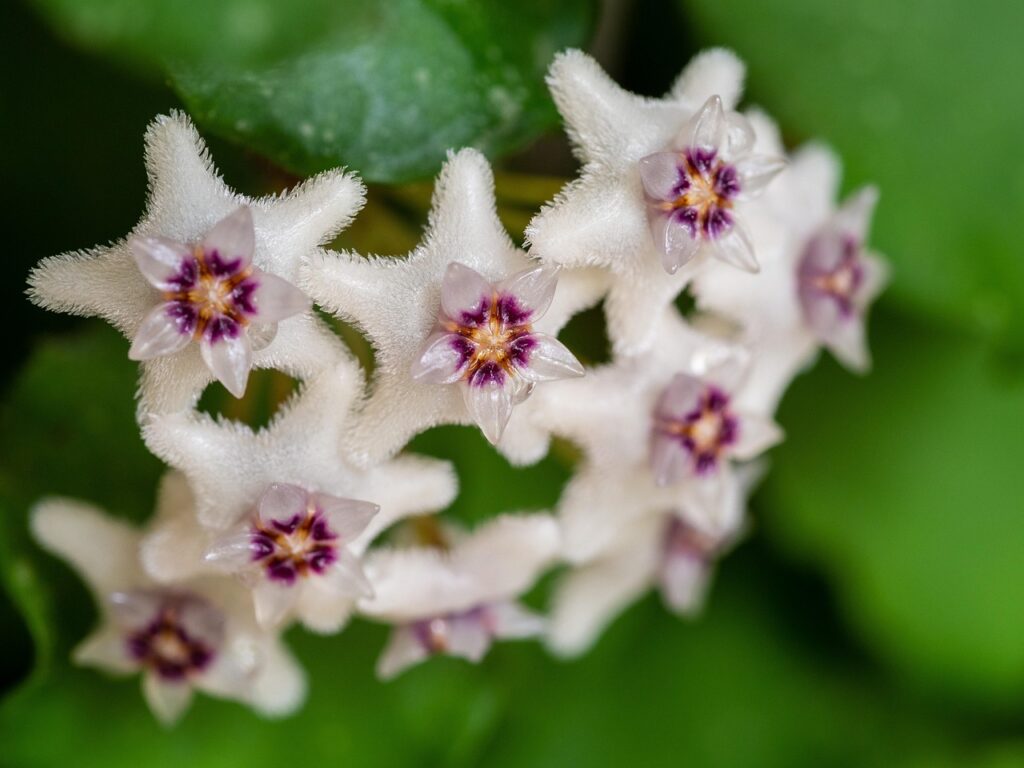
Hoya is resilient and easy to grow, but there are a few key points to ensure its healthy foliage and beautiful blooms.
Light
Prefers bright, indirect light. Direct sunlight can scorch the leaves, so filtered light or partial shade is ideal.
Watering
From spring to autumn, water when the surface of the soil becomes dry. In winter, reduce watering as growth slows. Avoid watering the leaves directly, as this may cause damage—apply water to the roots instead.
Soil
Choose well-draining soil. Mixing perlite or pumice with houseplant potting mix improves aeration and prevents root rot.
Fertilizer
During the growing season, apply diluted liquid fertilizer once or twice a month. To encourage blooming, use a fertilizer rich in phosphorus.
Temperature and Humidity
Hoya thrives in warm conditions. Keep temperatures above 10°C in winter and maintain moderate humidity. Light misting around the leaves can help prevent dryness.
Pruning
As the vines grow long, prune them moderately to maintain shape. You may also train them on trellises or display them in hanging baskets for decorative appeal.
Conclusion
Hoya is a climbing plant distinguished by its thick foliage and elegant star-shaped flowers, native to Southeast Asia and Australia.
It has been cherished as a symbol of happiness in Southeast Asia and admired as a greenhouse plant in Europe since the 18th century.
The English botanist Robert Brown named it Hoya in honor of Thomas Hoy, an English gardener, giving rise to its international recognition.
Today, Hoya is cultivated around the world as an ornamental plant and enjoys great popularity as indoor greenery. With its trailing vines, it also offers stylish options for interior decoration.


